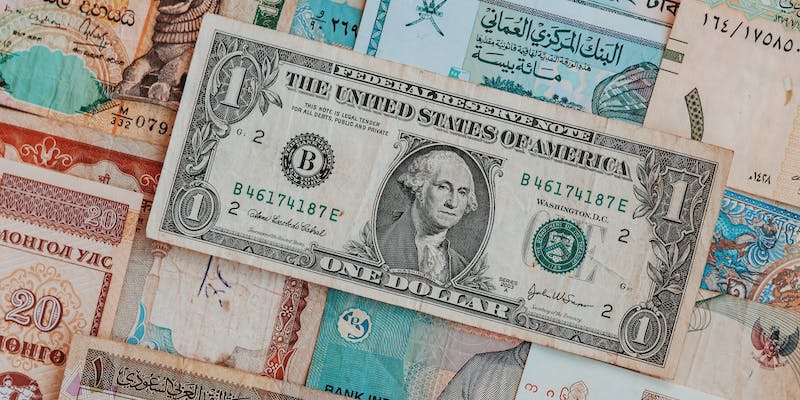The central bank is the "heart" of a country's economy. And just as the heart circulates blood throughout the body, the central bank injects funds into the economy to promote growth and stability. Economies can do with less money sometimes and more money other times.
The methods used by central banks to regulate the money supply change depending on the state of the economy and the central bank's authority. The Federal Reserve, or "the Fed," is the United States central bank.
The European Central Bank, the Swiss National Bank, the Bank of England, the People's Bank of China, and the Bank of Japan are other important central banks. The money supply is the total currency in circulation inside a country. Hence the central bank must maintain control over it.
The Importance of Quantity in Regards to Money

Both micro and macroeconomic developments are affected by the amount of money flowing into an economy. A high supply of free and easy money leads to increased expenditure by consumers and companies at the micro level.
Personal loans, vehicle loans, and mortgages are more straightforward for individuals to obtain, while business loans are easier to receive.
The quantity of money in circulation has far-reaching effects on macroeconomic variables, including GDP, growth rate, interest rate, and unemployment rate. The money supply is a critical variable that central banks manipulate to attain economic goals and affect monetary policy.
Create Money
Once upon a time, countries restricted their economic output by fixing their currencies to gold. Nevertheless, this practice ceased towards the middle of the twentieth century, and today central banks may raise the money supply by simply printing more currency.
Printing as much money as they like is possible, but doing so will have adverse effects. The value of currency decreases as a direct result of printing more of it, which has no impact on economic output or production levels. Inflation can result from this. Thus, there are other options for central banks.
Limit The Need for Reserves

A reserve requirement is a standard tool all central banks use to regulate the monetary supply. Generally, national banks require banks that hold customer deposits to maintain a specific reserve ratio.
As a result, some sum is set aside and never spends time in circulation. Let's pretend the Fed has established a 9% reserve criterion. With deposits of $100,000,000, a commercial bank must maintain reserves of $9,000,000. The remaining $91.mil can be released into the economy.
Change Interest Rates
Mortgages, auto loans, and personal loans, among others, are not the type of loans over which a central bank has direct control over the interest rate. There are, however, mechanisms the central bank may use to steer interest rates in the direction it chooses.
One example is the policy rate at which commercial banks can borrow money from the central bank; this rate is within the central bank's control.
When financial institutions can borrow from the central bank at a reduced interest rate, they can pass the savings on to their consumers through lower interest rates on loans. The quantity of money in circulation grows due to increased borrowing when interest rates are reduced.
Participate In Free-Market Trading
Central banks influence the money supply through open market operations by purchasing or selling government assets (OMO). A central bank purchases government securities from commercial banks and institutions to enhance the money supply.
This frees up the bank's resources, giving them access to additional money to lend out. Generally speaking, the interest rate in an economy can be lowered by central banks engaging in such expenditure as part of an expansionary or softening monetary policy.
Commence a Quantitative Easing Initiative
Central banks can take their open market operations to the next level in an economic crisis by launching a quantitative easing program. When a central bank engages in quantitative easing, it creates new currency and uses it to purchase assets and securities like government bonds.
This money enters the banking system as payment for the assets acquired by the central bank. By increasing banks' reserves by that amount, lending is stimulated, long-term interest rates are lowered, and investment is encouraged.
The Bank of England and the Federal Reserve Board began quantitative easing measures in response to the 2007–2008 financial crisis. Recently, the Bank of Japan and the European Central Bank have also introduced their versions of quantitative easing.
The Conclusion
Central banks put a lot of effort into ensuring their country's economy is doing well. Central banks regulate the supply of money in the economy as a means to this end. Among the methods they use to accomplish this goal are setting reserve requirements, adjusting interest rates, and conducting open market operations. Maintaining a healthy economy depends on just the correct amount of currency in circulation.




